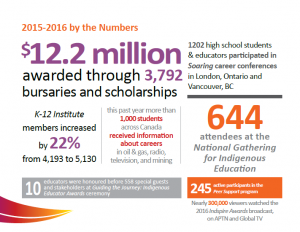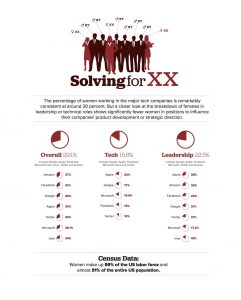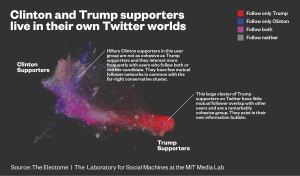For this final module, I chose to continue my investigation of the intersection of (Western) Place-based education and Indigenous learning from place. I also broadened my scope to explore some models outside of the public school system – specifically band and reserve schools.
Sterenberg, G. (2013). Learning Indigenous and Western mathematics from place. Mathematics Education Research Journal, 25(1), 91-108.
In this paper, the author explores one student’s experiences with learning mathematics from place. The paper recounts a math unit exploring triangles that was taught to grade nine students in SOMEWHERE. In the unit, place was the inroad for intertwining Western and Indigenous math learning. The author provides a useful analysis of the distinction between hands-on, place-based learning and Indigenous learning from place. The approach taken for the unit was not so much a blending of Indigenous and Western approaches, but rather an intertwining “to increase tensile strength”. As a result of participating in the unit, students reported increased confidence in math competency as well as increased connections to the land and feelings of belonging to their culture. I found this approach to be a compliment to the idea of “Two-Eyed Seeing”, “two-way Aboriginal schooling”, and “walking in both worlds”.
NSF Includes: Envisioning Impact – Integrating Indigenous and Western Knowledge to Transform Learning and Discovery in the Geosciences
Here is a quote from the website:
[The program] uses the principles of collective impact (CI) to create new partnerships between tribal communities and STEM institutions that promote the participation and inclusion of Native American (NA) scientists in the geosciences.
Our proposed program partners the Rising Voices: Collaborative Science for Climate Solutions (Rising Voices) member tribal colleges and communities with Haskell Indian Nations University, NCAR, Biosphere 2 (B2), and UCAR’s SOARS internship and GLOBE citizen science programs. Together, we commit to greater integration of indigenous and “traditional western” knowledge into collectively-developed climate change research projects, enhancing our collective ability to address climate change, and contributing to climate resilience in all communities.
This program is a good example of attempts to draw from the strengths of both Western and Indigenous knowledges in finding solutions to ecological problems. The fact that it is funded by the National Science Foundation indicates that such collaborations are increasingly seen to be of value within Western science organizations.
Cosmic Serpent – Bridging Native and Western Science Learning in Informal Settings
This program, which is also funded by the (U.S.) National Science Foundation, is a four-year collaboration between the Indigenous Education Institute and the University of California-Berkeley targeting informal science education professionals. This project is designed to explore the commonalities between western science and native science in the context of informal science education.
The group has produced a beautiful and informative ebook based on their project outcomes, which is available to download free on their website. Here is a quote from that book:
Cosmic Serpent set out to explore commonalities between Western and Native science, taking into account that Native cultures have, over millennia, developed ways of knowing that are highly adapted, interconnected, and enduring. Each knowledge system informs the practice of science and its role in society in a fundamental way, and the commonalities can provide a framework for developing mutually inclusive learning experiences in STEM (science, technology, engineering, and mathematics).
Successful Practices In First Nations Schools: They Tyee special edition (September 2011)
This special issue is part of a series hosted by the Tyee Solutions Society. In it, reporter Katie Hyslop explores several different models for BC Aboriginal education. There is great breadth of scope here from examining the context (successes and challenges faced by Aboriginal youth in BC as well as legislation and rights concerning indigenous education, and funding for indigenous education) to specific working models of Indigenous education both within BC and internationally.
Exploring the topic of reserve/band schools
In exploring education models that chose to focus more intensely on Indigenous knowledges and ways of knowing, I came across several interesting newspaper articles on reserve/band schools in BC. These articles shone a light on various aspects of the schools, from how they operate to how they are funded and fit within the provincial system. Here are some of the more relevant articles I encountered.
- How Chief Atahm Elementary School Became a Success Story (The Tyee, September 6, 2011)
- First Nations School teaches “all that culture stuff” (Globe and Mail, October 13, 2012)
- Low graduation rates at reserve schools put aboriginals in jeopardy: report (Globe and Mail, January 24, 2-16)


